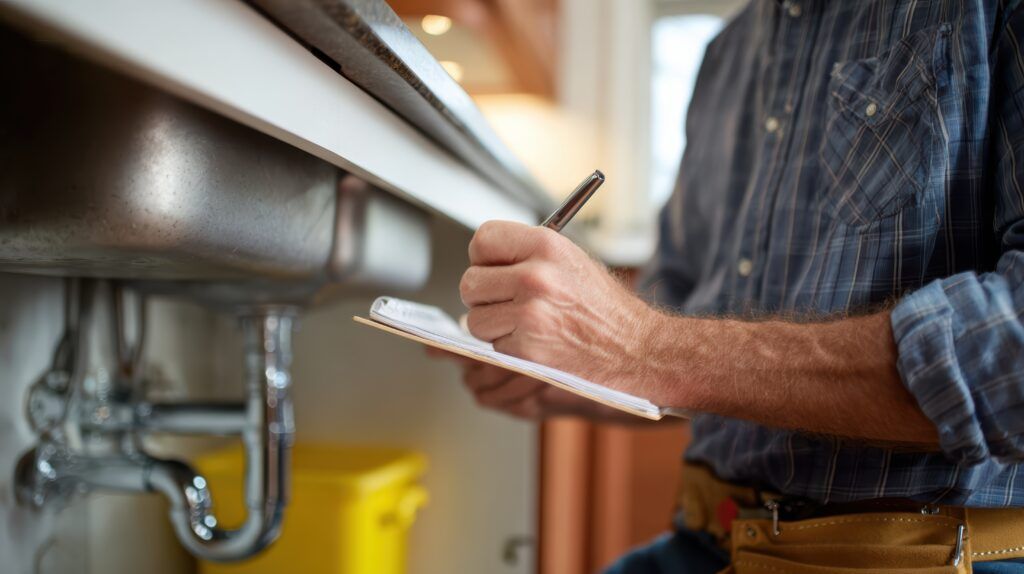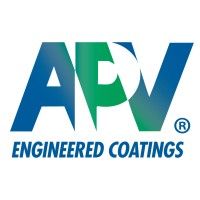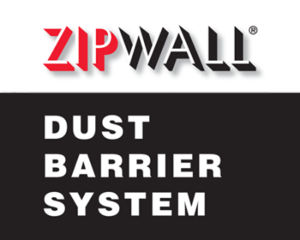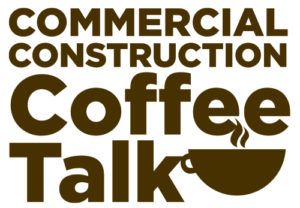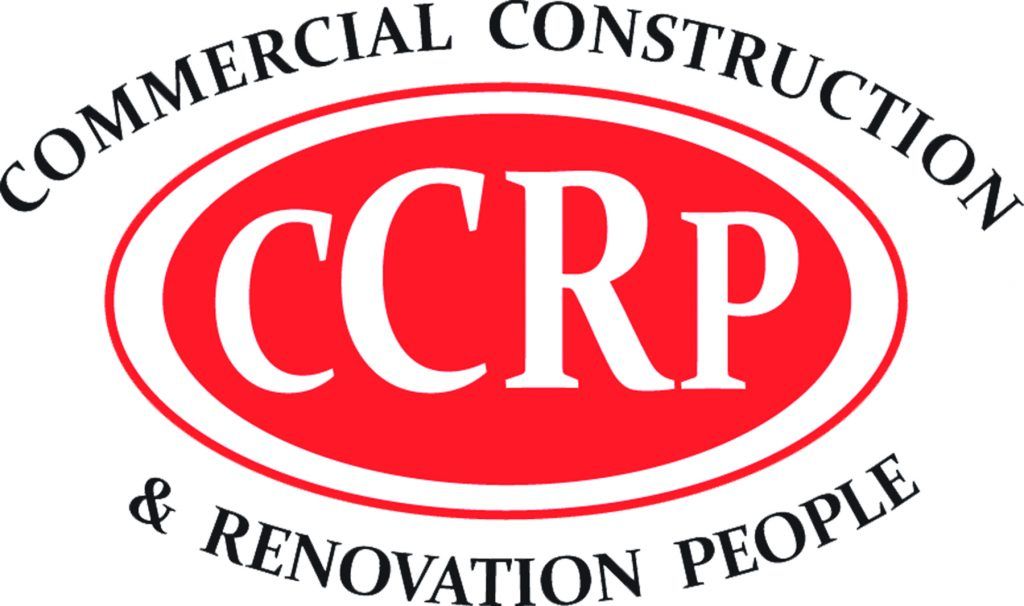Kitchen and bathroom renovations can transform the look and feel of a home, but the success of these upgrades hinges on more than just design choices. Plumbing and gas systems form the critical foundation that allows everything to run smoothly—whether it’s ensuring proper water flow, supporting new appliances, or handling updated gas lines safely.
Poor planning or installation in these areas can lead to costly setbacks, code violations, or even safety hazards. That’s why it’s essential to approach this part of the renovation with as much attention as the visible finishes. Licensed professionals bring the expertise needed to adapt these core systems to your new space while maintaining long-term reliability and safety.
Read on to learn how plumbing and gas services support safe, functional, and code-compliant kitchen and bathroom renovations.
Planning Plumbing and Gas Layouts for Renovations
A well-structured layout is essential for a kitchen or bathroom renovation to work as intended. Plumbing and gas lines need to support your design without causing issues down the line—literally or figuratively.
To ensure your plans are both functional and future-proof, consider the following key areas:
- Evaluate the capacity and condition of your existing water and gas lines: Outdated gas lines or undersized water lines may not support modern fixtures or appliances, leading to issues with water pressure or fuel delivery. Identifying and replacing these systems during the planning phase can help prevent disruptions once the renovation is complete.
- Ensure accessibility for key components: Think long-term. Valves, connections, and clean-outs should be easy to reach for maintenance or emergency shutoffs. This matters especially if you’re installing appliances like a water heater or upgrading plumbing that serves multiple areas. Tucking lines behind immovable structures can create costly service problems later.
- Work with licensed professionals who specialize in complex layouts: Renovations often demand expertise beyond basic plumbing services. Using the services of Fremantle Plumbing Service or another plumbing company that offers residential and specialized gas services can help prevent design flaws and code issues. Their hands-on experience makes it easier to balance performance, safety, and compliance from the beginning.
Strategic layout planning sets the tone for the entire renovation. When plumbing and gas systems are carefully mapped, the rest of the project can move forward with fewer delays and less risk.
Upgrading Plumbing Fixtures and Appliances
As kitchens and bathrooms become more advanced, plumbing systems need to support a wider range of fixtures, devices, and performance demands. A proper upgrade ensures everything functions smoothly and efficiently, without introducing unnecessary strain on existing infrastructure.
The following are key upgrade areas to focus on during a renovation:
- Replace aging or undersized water lines: Older or narrow water lines can limit flow and disrupt water pressure, especially when multiple fixtures are in use. Replacing them ensures your upgraded appliances and fixtures receive consistent pressure and flow, helping them operate as intended.
- Install high-efficiency and smart fixtures: Today’s plumbing services include options like smart kitchen faucets, sensor-activated taps, and low-flow showerheads. These upgrades improve water control, lower usage, and provide greater functionality—all without compromising performance.
- Prepare for appliance-specific demands: Many modern systems, like tankless water heaters or a new garbage disposal, require customized plumbing hookups and dedicated supply lines. Planning for these early avoids retrofits later and helps avoid a plumbing problem that could disrupt the entire installation.
Upgrading your plumbing during a renovation allows new fixtures and appliances to perform as expected while reducing the chances of wear and tear on older systems.
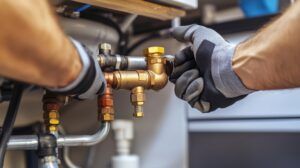
Gas Line Installation and Appliance Hookups
Proper gas line setup is essential when your renovation includes cooking appliances, water heaters, or any other gas-powered systems. The installation must account for pipe sizing, pressure regulation, and proximity to other building services. Without these considerations, your appliances may perform inconsistently or pose serious safety risks.
Once the layout is finalized, each appliance must be connected according to the manufacturer’s specifications and local gas codes. This involves more than simply linking supply lines—it often requires isolating appliances with shut-off valves, verifying clearance space, and ensuring ventilation requirements are met. These steps help maintain both functionality and compliance, especially when retrofitting gas into older homes.
To complete the process, professionals conduct thorough leak detection and pressure tests before any appliance is used. These inspections verify system integrity and identify issues early, avoiding potential hazards after renovation is complete. Coordinating this step with the final inspection phase can reduce delays and ensure your project stays on schedule.
Compliance, Permits, and Safety Checks
Staying compliant starts well before any pipes are laid or appliances installed. Most jurisdictions require permits for plumbing and gas work, and securing them upfront helps avoid project delays, rework, or fines. Contractors familiar with local codes can handle submissions efficiently, ensuring the plans meet all necessary criteria from the beginning.
After installation, inspections confirm the work was completed to acceptable standards. These checks are typically mandatory before walls are sealed or fixtures are finalized, so scheduling them in advance is essential. Keeping records—such as permits, test results, and inspector approvals—helps validate the work later on, especially during home sales or insurance reviews.
Final Thoughts
Renovating your kitchen or bathroom is an investment in your home’s value and functionality—but only if the plumbing and gas work is done right. From layout planning to final safety checks, every step requires professional attention and adherence to code. Partnering with experienced, licensed specialists ensures your renovation not only looks great but works flawlessly behind the walls. Don’t overlook these essential services—they’re the backbone of a successful and safe home upgrade.


